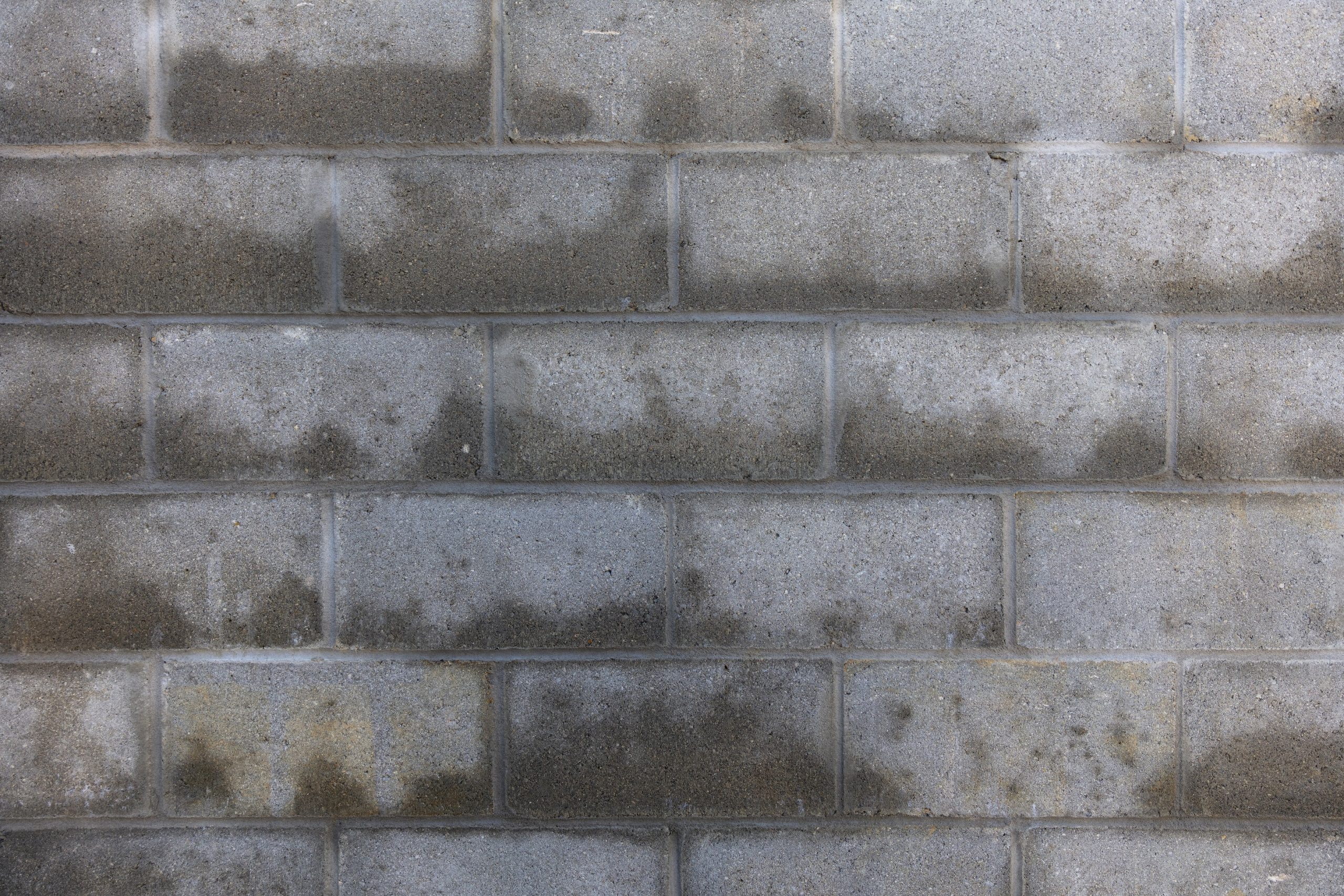If you’re a homeowner or property manager, the last thing you want to hear is that your place may have moisture problems. Too much dampness in the home can cause excessive mould growth, create musty odours and even damage walls and furniture. Fortunately, there are ways to prevent this from happening by identifying potential sources of water ingress and addressing them quickly with effective solutions. In this blog post, we’ll discuss some essential tips for maintaining a damp-free home – from simple DIY tasks to professional tricks of the trade. Read on for more information!

Identify and fix water leaks promptly
One of the key steps in preventing dampness is to identify and fix any water leaks promptly. This means regularly checking pipes, taps, and toilets for signs of leakage or damage. Don’t forget to also inspect your roof, gutters and downspouts for any issues that could be allowing water into your home. If you do find a leak, it’s important to address it as soon as possible before it causes further damage or leads to mould growth.
Keep in mind that some leaks may not be immediately obvious, so it’s important to also monitor your water bills for any sudden increases. This could indicate a hidden leak somewhere in your plumbing system.
Research damp surveyors and treatments
If you suspect that your home may have a damp problem, it’s essential to seek professional help from a qualified and experienced damp surveyor. These professionals can conduct a thorough inspection of your property to identify the source of the dampness and recommend an appropriate treatment plan.
Damp issues can be caused by a variety of factors, including condensation, rising dampness, and penetrating dampness, so it’s crucial to have a professional assess the situation and provide tailored solutions. When researching different UK damp surveyors, make sure to read reviews and ask for references from previous clients to ensure you choose a reputable and reliable company. Some common treatments for damp problems include installing dehumidifiers, improving ventilation, repairing structural damage, and applying damp-proofing materials.
Install a dehumidifier to absorb excess moisture in the air
If you live in a particularly humid climate or have noticed condensation on your windows and walls, it may be worth investing in a dehumidifier. These devices work by extracting excess moisture from the air and collecting it in a tank that can be emptied periodically. Dehumidifiers are particularly useful in areas like bathrooms, kitchens, and basements where moisture tends to accumulate. They can also be helpful in preventing musty odours and mould growth.
Not only do dehumidifiers help reduce moisture levels in a home, but they can also improve indoor air quality and reduce the risk of respiratory illnesses. When choosing a dehumidifier, make sure to consider factors like size, capacity, and energy efficiency. You may also want to look for additional features like a built-in humidistat and air purification capabilities.
Use fans and open windows to create better airflow
Another simple way to reduce dampness in your home is by improving airflow. This can be achieved by using fans, opening windows, and keeping doors open between rooms. By allowing fresh air to circulate throughout your home, you can prevent stagnant conditions that promote mould growth. It’s also important to keep vents and air ducts clean and unblocked for proper ventilation.
If you live in a particularly humid area, it may be beneficial to invest in a whole-house ventilation system that can improve airflow and reduce moisture levels. These systems work by exchanging stale indoor air with fresh outdoor air, keeping your home’s interior healthier and more comfortable.
Keep furniture away from exterior walls
When it comes to keeping your home free from dampness, one simple tip is to keep your furniture away from exterior walls. This is because exterior walls tend to be colder than interior walls, which can lead to the buildup of moisture. By placing your furniture away from these walls, you allow air to circulate freely, reducing the amount of moisture that can collect and potentially cause damage. Not only will this tip help preserve the quality of your furniture, but it’s also an important step in preventing dampness and the problems it can create.
In summary, maintaining a damp-free home requires consistent effort and proactive steps. From identifying and fixing water leaks to researching damp surveyors and treatments, there are a variety of methods to tackle dampness. Elements such as dehumidifiers, fans, and smart furniture placement can significantly aid in controlling the moisture levels within your living space.
Remember, a safe, comfortable, and damp-free home not only ensures the longevity of your property but also fosters a healthier living environment for you and your loved ones. By following these tips, you can mitigate the risks associated with moisture and enjoy the peace of mind that comes with a well-maintained home.




